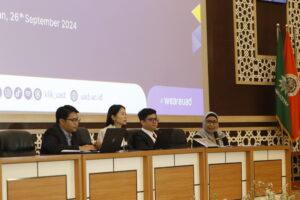
Yogyakarta, 26 September 2024 – Experts from Southeast Asia gathered on 26 September 2024 for the “International Seminar on School Lunch Programmes in Southeast Asia: Best Practices and Lessons,” organized by Universitas Ahmad Dahlan in collaboration with SEAMEO RECFON. The seminar brought together government officials, practitioners, and academics from the fields of nutrition and health, as well as school administrators, to discuss the pressing issue of child malnutrition and the role of school lunch programs in improving children’s health and education across the region.
In addition to speakers from Universitas Ahmad Dahlan representing Indonesia’s perspective, the seminar featured speakers from Cambodia, Singapore, and the Philippines, who also serve as members of the SEAMEO RECFON Governing Board (Southeast Asian Ministers of Education Organization Regional Centre for Food and Nutrition). Alongside their contributions to the seminar, these experts also joined fellow Governing Board members from 11 other SEAMEO member countries for their annual Governing Board Meeting, held this year in Yogyakarta.
Dr. Herqutanto, M.P.H., M.A.R.S, Director of SEAMEO RECFON, remarked in his opening address, “We confront a pressing issue about childhood malnutrition that remains a significant challenge in our region. so school lunch programs represent a crucial intervention that not only supports children’s health, but also enhances the educational outcomes. These programs are particularly vital for children from disadvantaged backgrounds, ensuring that they receive the essential nutrients necessary for the growth on an academic success.”
The Rector of Universitas Ahmad Dahlan, Prof. Dr. Muchlas, M.T., expressed his gratitude for the successful organisation of the international seminar in collaboration with SEAMEO RECFON. “School Lunch Program will be a new program of the next Indonesian government. Therefore it is important for us to learn about the best practices on the similar programs across Southeast Asia. by taking the lessons learnt from the school lunch programs that have ever applied, then we could design a better one and anticipate the potential program in the future.”
In addition, Rosidah Ph.D., Dean of Faculty of Public Health Universitas Ahmad Dahlan, in her welcoming remarks said her gratitude, “I would like to express my gratitude to all those who have worked hard to make this conference a reality, and to all articipants, please enjoy this conference.”
Key speakers from the region shared insights into the successes and challenges of their respective school lunch programmes. These programmes are considered vital interventions in combating child malnutrition, particularly in underserved areas.
Dr. Huy Meng Hut from Cambodia's Ministry of Health shared how Cambodia has utilised public-private partnerships to expand the reach of its school lunch programme. He noted, “Cambodia’s National School Health Policy encourages collaboration with non-governmental organisations and private sector stakeholders, coordinated by the Inter-Ministerial School Health Committee. This approach is essential to ensuring the sustainability of Cambodia’s school lunch initiatives, especially in remote areas where resources are limited.”
Dr. Hut explained that there are six points that make the best practices in the School Health Program. The School Health Program must have a right planning and needs assessment. Thorough needs assessment, the government can identify nutritional gaps and target populations. Community participation is also needed, involving local communities in all stages of program implementation. The school canteen or catering must adhere to strict food safety and hygiene standards throughout the program, in order to confirm the food safety and hygiene is taken into account and adjusted to the food safety standard.
Menu planning and procurement is another step to best practices on Cambodia’s School Health Program. With the abundant amount of ingredients locally sourced from nature and addition of cultural recipes, a culturally appropriate and diverse menu can be made. Human resources are a huge factor, as capacity building and training can support the cooks, teachers, and community members to help the School Health Program reach its best practices. Lastly, monitoring and evaluating regularly regarding the program impact is needed to identify areas for improvement.
Dr. Mary Chong from the National University of Singapore highlighted the use of technology in managing Singapore’s Healthy Meals in Schools Programme (HMSP). “Launched in 2011, HMSP aims to improve the quality of meals and snacks provided to school children and has continued to evolve over the years. We use cashless payment systems for food purchases and data analytics to monitor the programme’s success and increase efficiency. This ensures that our resources are directed to where they are most needed,” she explained.
In Singapore, as students spend half of their daytime in schools, most of them would have at least one snack or one lunch, or one lunch and one snack during school days, that’s the importance of having healthy school meals. With that initiative, the students are now encouraged to buy or have foods from all groups of nutritions. For example, it would be carbohydrate or wholegrain, protein, vegetables, and fruits. It’s all available in variative size so the price is set accordingly.
“I think schools, too, play a very important part in educating and reinforcing healthy eating,” said Dr. Chong.
Over the years 2011-2017, as the initiative evolved, more and more schools are adopting it. In 2017, nearly all the schools, not including private schools, have followed the initiative.
Dr. Dexter Galban from the Department of Education, Philippines, discussed their success in reducing wasting. “As part of our commitment to improving child nutrition, the Department of Education of the Philippines has made significant strides in reducing severe wasting among learners, from 29% down to 7%, and wasting from 68.81% to 22%, through the school-based feeding program. By extending the program to 120 days and integrating initiatives like universal kindergarten feeding, school gardens, and partnerships with local farmers, we are not only improving the health and energy of our learners but also building sustainable food systems for the future.” he said.
“For the 2024-2025 school year, we're expecting a significant jump in terms of performance and further reduction in wasting and severe wasting at the same time.” Dr. Galban said.
From the school-based feeding program there is feedback received from learners, they report that they are more energetic, gaining weight, and have improved body condition among many others.
In terms of the best practices, there are 19 lists that can improve the School-Based Feeding Program (SBFP). The highlight of this list consist Monitoring System that will be the first step for updates on implementation, maintenance of database & dashboard and also supply mapping with local food suppliers, establishing a collaborative relationship with Inter-agency partners was also important for this program, strong and good communication with regional and division coordinators/implementers to constant updating whenever there is a problem with the program, reinforce the collaboration with local government unit & NGOs.
“For the implementation, we also know the limitation about how many people we can hire,” he said.
So, the solution is hiring of additional Contract Of Service Personnel (COS) to help the program run efficiently and they have to undergo Training of Food Safety Compliance. Another step is to regularly update the technical specifications of food commodities and ultimately, convergence with other health and nutrition programs.
M. Ridwan Ansari as Indonesia’s representative, from Universitas Ahmad Dahlan, focused on the challenges faced in implementing school lunch programmes in Yogyakarta. He emphasised the importance of proper management of Indonesia’s National School Lunch Programme to ensure accurate targeting, balanced and safe food provision, and the well-being of students. “Policy makers need to place greater emphasis on strengthening the supply chain, including infrastructure and capacity-building for school food handlers, along with food safety training, to support the success of the National School Lunch Programme,” he stated.
In his presentation, Ridwan also explained the data about the School Lunch Program’s (SLP) school experience. For an SLP experience, he stated that 43.5% of schools rely on catering services. Schools typically review the menus beforehand, and 52.2% of schools require less than two hours for food preparation, with an additional 1-2 hours of waiting time before meals are ready for distribution. Most schools use a central distribution system where students pick up their meals individually, and the lunch period usually lasts between 30 to 60 minutes. School Lunch Programs and Nutritional Education Improve knowledge, attitudes and practices (KAP), Nutritional intake and Reduce the Prevalence of Anemia but not for nutritional status.
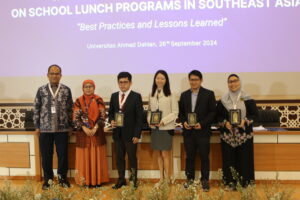

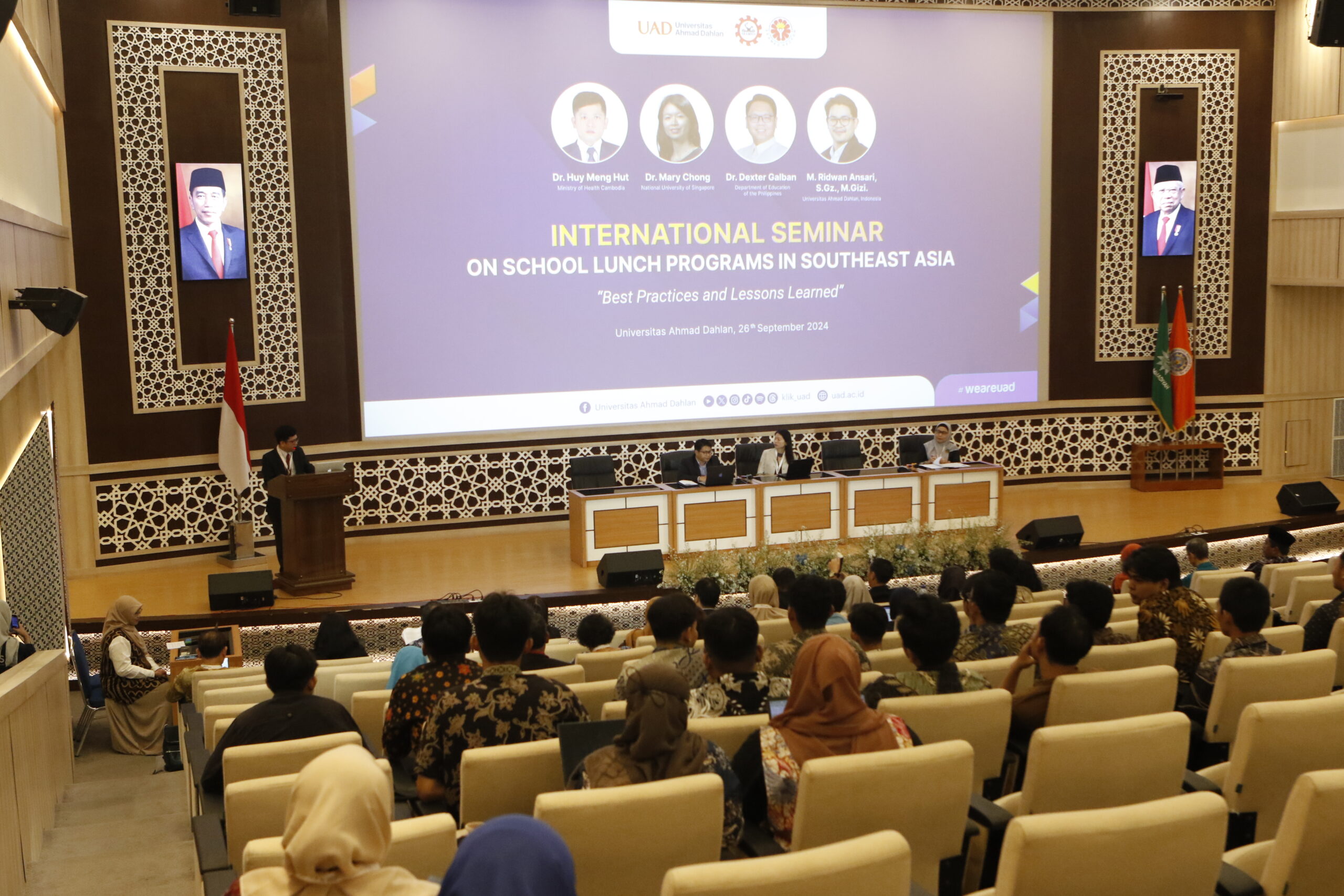
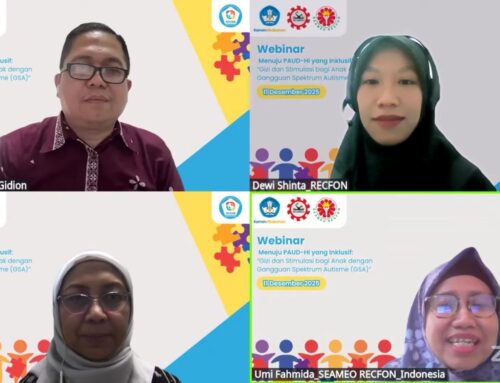
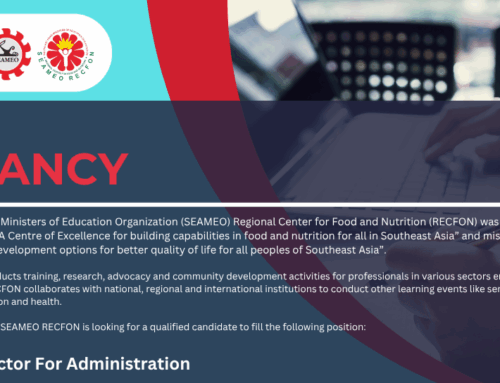
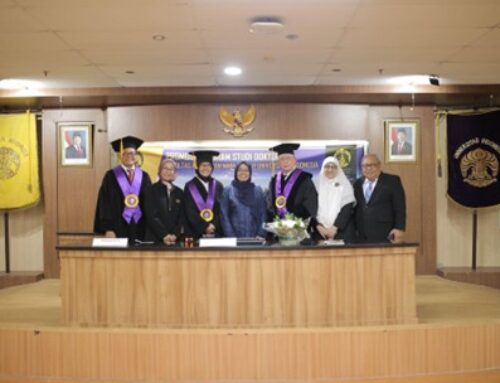
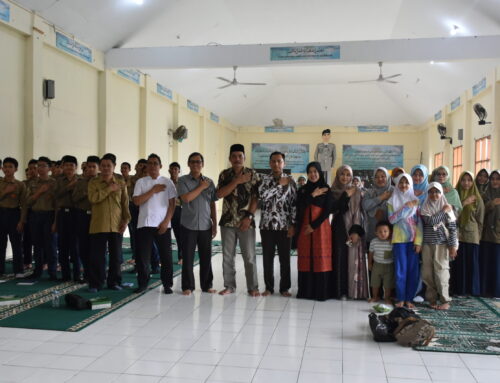
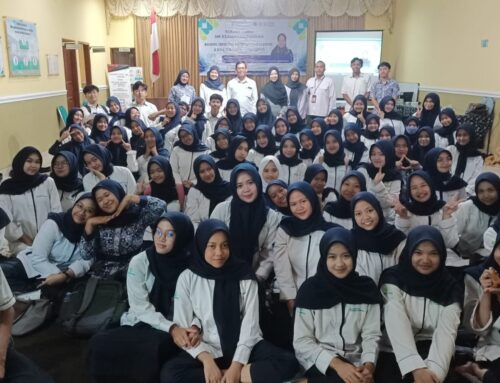
Leave A Comment